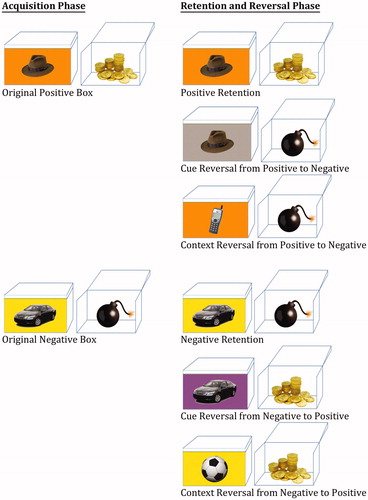Figures & data
Table 1. Demographic characteristics of trauma exposed firefighters and trauma-unexposed matched controls.
Table 2. Mean number of exposures to different potential traumatic events per year in the past 10 years in Israel southern fire and rescue stations.
Figure 2. Example of experimental trials in which participants chose to (a) open a positive-outcome box and (b) open a negative-outcome box.
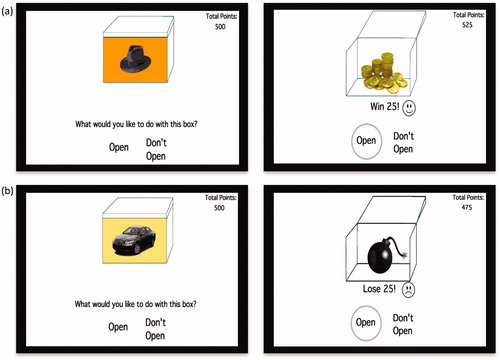
Table 3. Schematic description of the Cue–Context Reversal Task.
Figure 3. Percentage of correct responses to the four original boxes as a function of Phase (Acquisition vs. Retention), Outcome (Positive vs. Negative) and Experimental Group (Trauma Exposed Firefighters vs. Trauma-Unexposed Controls).
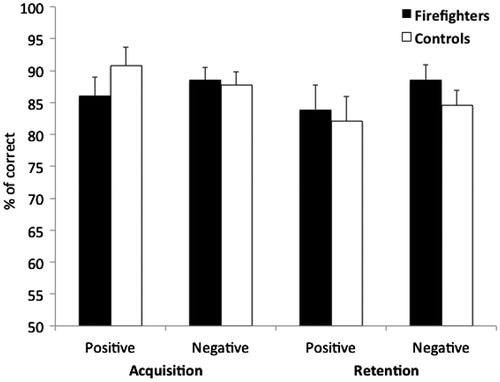
Figure 4. Percentage of correct responses for the new associations as a function of Reversal Type (Cue vs. Context), Outcome (Reversal from Positive to Negative vs. Reversal from Negative to Positive) and Experimental Group (Trauma Exposed Firefighters vs. Trauma-Unexposed Controls). Cue reversal refers to conditions of old cue, which is presented against a new context; Context reversal refers to conditions of new cue, which is presented against an old context.
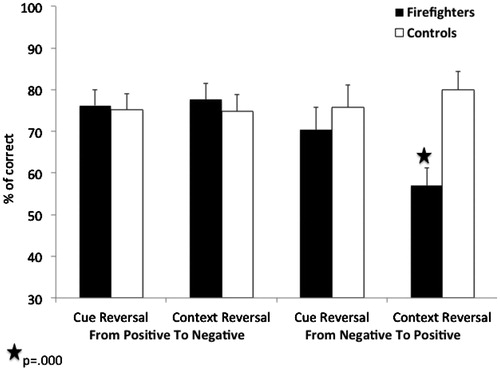
Figure 5. Individual differences in percentage of correct responses (below and above median) in reversing the negative outcome of contextual information as a function of experimental group (Trauma Exposed Firefighters vs. Trauma-Unexposed Controls).
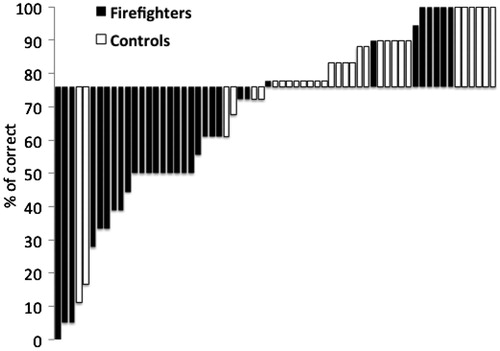
Table 4. Questionnaires and cognitive assessment (means and standard deviation) of trauma exposed firefighters and trauma unexposed matched controls.

